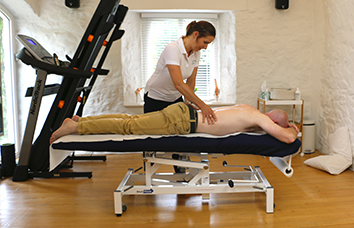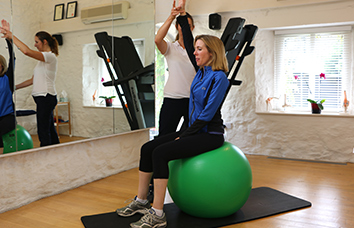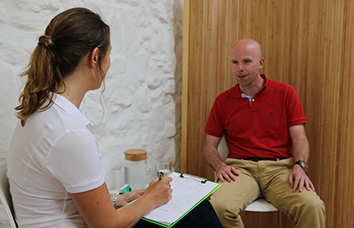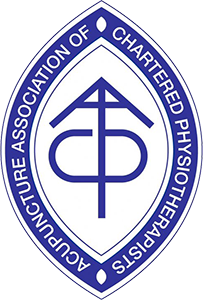Vestibular Rehabilitation Therapy Dartmoor
Dizziness and vertigo
Physiotherapy is a very successful way of managing dizziness and vertigo and in the majority of cases people will become symptom free with the help of Vestibular Rehabilitation Therapy (VRT). There is a variety of medical reasons why people suffer from dizziness and vertigo. Physiotherapy can be instrumental in treating dizziness caused by imbalances within the inner ear (vestibular system), the neck and migraines.
The vestibular System and Balance
A normally functioning vestibular system is key to our senses of balance, motion, and body position. It is this system which senses movement and direction e.g. turning and moving forwards and backwards.
The Vestibular system is located in the inner ear. It works in response to movement and in conjunction with messages from the eyes and our joints to keep us balanced. If something disrupts the messages coming from the vestibular system, our brain becomes confused and the outcome is dizziness and imbalance.
The different causes dizziness we see in physio
Positional vertigo
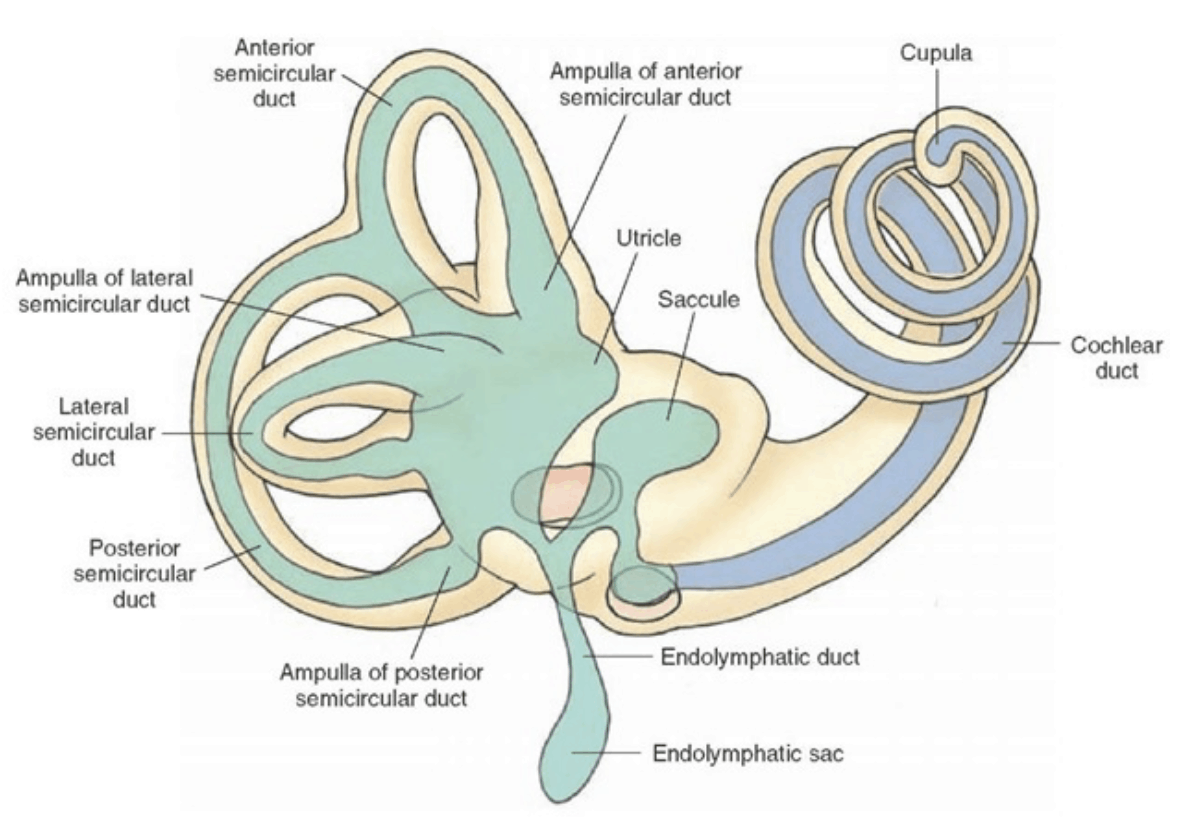
Diagram of the Vestibular System in the inner ear
A very common and easily treatable form of dizziness is called Benign Paroxysmal Positional Vertigo (BPPV). With BPPV people often report very short lived spells of spinning vertigo with certain movements such as turning over in bed, on bending over or looking up. The symptoms are often associated with nausea and can be quite frightening. People often manage their symptoms by avoiding the irritable movements. The problem of BPPV relates to calcium carbonate crystals becoming dislodged from their usual position within the vestibular system; they migrate over time into one of the semicircular canals, which then cause disrupted messages to the brain.
Treatment for BPPV is using the Epley Manoeuvre, which is a particle repositioning manouver enabling the calcium carbonate crystals to return to their correct location within the vestibular system. This is a very successful form of treatment for BPPV and in most cases symptoms will resolve in 1-2 treatments.
Vestibular Hypofunction
People who have an acute episode of vertigo following conditions such as vestibular neuritis and labyrinthitis can be left with ongoing balance and dizziness problems. The initial vertigo attack can last a few days (often causing severe dizziness and sickness), once these severe symptoms settle, a milder form of dizziness can continue. People may report dizziness with fast head movements, on bending, on increased levels of activity and in busy situations such as in the supermarket. They may also report that the dizziness feels worse when they close their eyes. These people often manage their symptoms by slowing everything down and reducing their levels of activity.
Treatment for this type of dizziness involves vestibular rehabilitation exercises (often known as Cawthorne Cooksey exercises). When performed regularly this will enable the brain to compensate for the unequal balance in the ears and the dizziness resolves.
Muscular problems around the neck
Tightness and spasm into certain muscles groups around the neck can lead to symptoms of headaches and dizziness.
Physiotherapy will assess for these muscle imbalances. Techniques such as myofascial release and trigger point release can be very effective in conjunction with stretches and postural exercises to relieve symptoms.
What to expect from physiotherapy
When you first come for physiotherapy your head and eye movements will be assessed for reflex control and to see if any dizziness is reproduced. Your balance will be assessed and your neck may be examined. If you appear to have BPPV a specific test will be done to replicate your symptoms and confirm diagnosis. If this test is positive then the Epley Manoeuvre may be performed.
After the assessment, depending on findings, you may be given a programme of exercises or stretches.
After your assessment it is advisable to have someone with you to drive you home as there is a risk your symptoms may be temporarily increased. Your physiotherapist will guide subsequent appointments.






